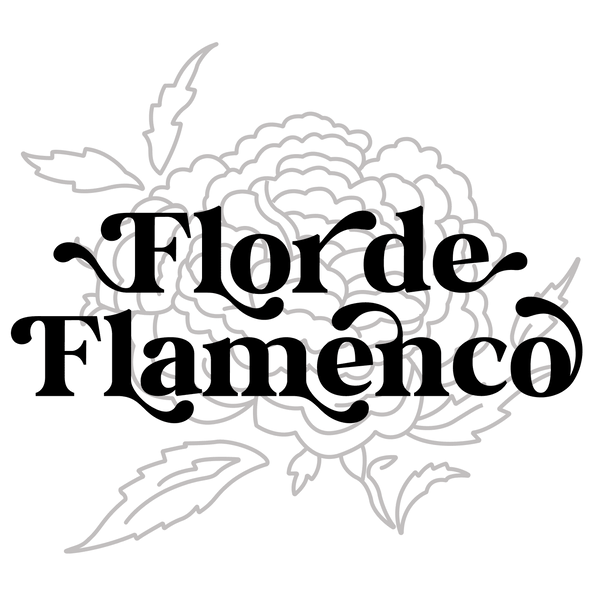Flamenco has its origins in the migration of the Roma people from Rajasthan, in northwest India, to Spain, between the 9th and 14th centuries. The Roma brought with them a rich musical culture, including instruments like bells and a repertoire of songs and dances that influenced the development of flamenco. Over time, flamenco also absorbed influences from the Arab-Andalusian music culture that existed in Spain during the Al-Andalus period (from the 8th century onwards), as well as from Castilian, Jewish, and other local Andalusian musical traditions. This centuries-long cultural intermingling formed the foundations of flamenco as we know it today.
Flamenco is a captivating form of artistic expression that is characterized by passionate rhythms, intricate footwork, and soul-stirring melodies. It originated from the Andalusian Roma communities of southern Spain and is often described as a mesmerizing fusion of song, dance, and instrumental music. However, amidst its vibrant allure, the question arises: Is flamenco merely a dance, or does it transcend into something more profound—a baile that communicates a language of its own?
To understand the essence of flamenco, one must delve into its rich history and cultural origins. The roots of flamenco trace back to the migration of the Roma people, also known as Gypsies, from Rajasthan, India, to Spain between the 9th and 14th centuries. With them, they brought not only their musical instruments but also a deep reservoir of songs and dances.
In Spain, the Roma encountered a melting pot of cultures, including the Sephardic Jews and the Moors, leading to a centuries-long cultural exchange and intermingling. This cultural fusion gave birth to flamenco—a unique art form that serves as a testament to the resilience and creativity of marginalized communities.
At its core, flamenco transcends mere entertainment; it is a language of emotion, storytelling, and cultural identity. Every movement, every chord, and every lyric carries within it the weight of centuries of struggle, passion, and resilience. Through flamenco, performers convey a myriad of emotions—joy, sorrow, longing, and defiance—in a manner that transcends linguistic barriers.
In dissecting the nature of flamenco, one encounters the debate: Is flamenco a baile (dance) or simply a dance? The distinction lies in the depth of expression embedded within flamenco's movements and rhythms. While dance implies a series of choreographed steps, baile encompasses a deeper connection to the music, allowing the dancer to improvise and express their innermost feelings.
In flamenco, the dancer becomes a vessel through which the music flows, their movements serving as a visual interpretation of the music's emotional landscape. It is this symbiotic relationship between dancer and musician that elevates flamenco beyond mere choreography, transforming it into a visceral experience that resonates with both performer and audience alike.
Flamenco is a remarkable form of human expression that stands out as a masterpiece, showcasing the power of culture, history, and individual creativity. It is more than just a dance; it's a testament to the ability of artistic expression to transcend linguistic barriers and reach the hearts and souls of its audience. Flamenco's evocative rhythms and impassioned performances can deeply impact those who experience it, offering a profound language of expression that goes beyond words. By immersing ourselves in this captivating world of flamenco, we can embrace and appreciate the essence of what it means to be human, as it offers a unique and transcendent form of communication that speaks directly to our emotions.

